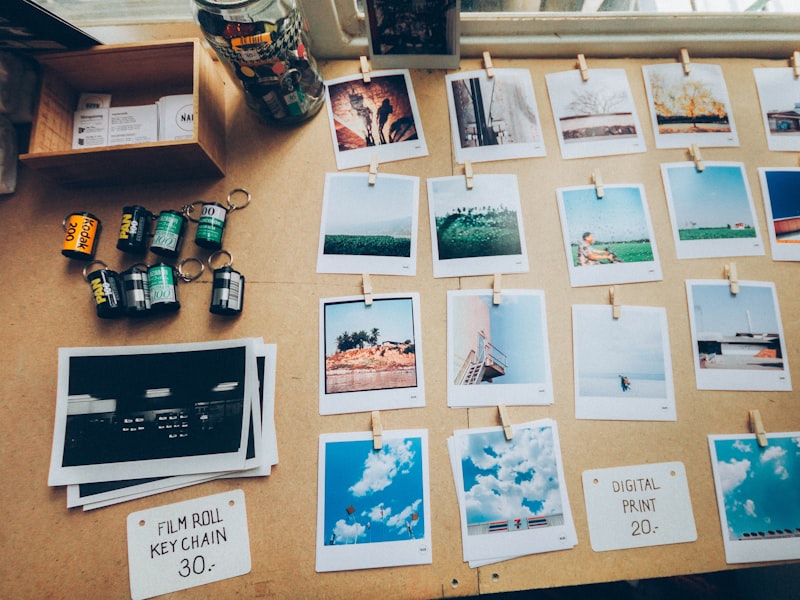The smart Trick of "Ink and Wood: The Perfect Combination for an Unforgettable Writing Experience" That Nobody is Talking About

Looking into the Workmanship: How Wood Fountain Pens are Produced
Hardwood water fountain pens are not just writing guitars, but works of art that showcase the ability and workmanship of expert marker creators. These markers, often handcrafted, mix the beauty of organic lumber with the performance and smooth writing encounter of a water fountain marker. In this write-up, we will definitely take an in-depth appearance at how hardwood water fountain pens are produced and enjoy the detailed method behind their development.
The initial step in making a lumber water fountain pen is choosing the right kind of lumber. Various types of real woods, such as ebony, rosewood, or pine, are commonly used due to their durability and artistic beauty. The decided on item of wood is generally reduced in to much smaller parts contacted spaces that will certainly eventually be shaped in to the body and limit of the marker.
Once the empties have been prepared, they are meticulously turned on a lathe to obtain their desired design. This procedure requires huge preciseness and interest to particular. Experienced specialists make use of sharp devices to remove excess material from the spaces while generating complex designs or style on their area.

After molding, sanding comes next off to make certain a hassle-free structure on both the outdoor and internal surfaces of the marker. Starting along with coarse-grit emery paper and gradually moving towards finer-grit options helps attain a exquisite coating. Sanding likewise readies the area for any kind of extra treatments or coverings that may be administered eventually in the procedure.
To enhance each appearance and life expectancy, a lot of wood water fountain pens undergo various ending up techniques. One well-known method is using numerous layers of varnish or wax on top of the sanded area. This not just adds security but also delivers out the all-natural elegance and grain design of each private piece of wood.
The following essential action is setting up all essential elements within each marker's body framework. This includes fastening an ink ink cartridge or converter body to permit for filling up ink when needed. In enhancement, a nib (the steel pointer responsible for providing ink onto newspaper) is thoroughly inserted and straightened to ensure a smooth and constant writing experience.
Once all the components are in place, the final touches are applied. This might entail brightening the marker to a high sparkle, inscribing a label logo design or signature, or adding any various other personalized details requested by the customer. These last decorations absolutely produce each lumber water fountain pen one-of-a-kind and one-of-a-kind.
It's important to take note that while a lot of lumber fountain pens are hand-made, there are additionally automated production methods readily available. These processes make use of computer-controlled machines to form and set up the pens along with utmost precision. Although Key Reference may streamline production and preserve uniformity, handcrafted pens often store a special attraction due to their uniqueness and the personal touch of the artisan.
In final thought, crafting timber fountain markers is an fine art form that requires skill-set, persistence, and interest to information. Coming from deciding on the best type of timber to shaping, sanding, coating, and assembling numerous components – each step contributes to generating a beautiful writing instrument that stand up as a testimony to standard workmanship. Whether produced by hand or through automated procedures, lumber water fountain pens are not only devices for writing but exquisite parts of practical fine art that can easily be treasured for productions to come.
Note: 650 words
